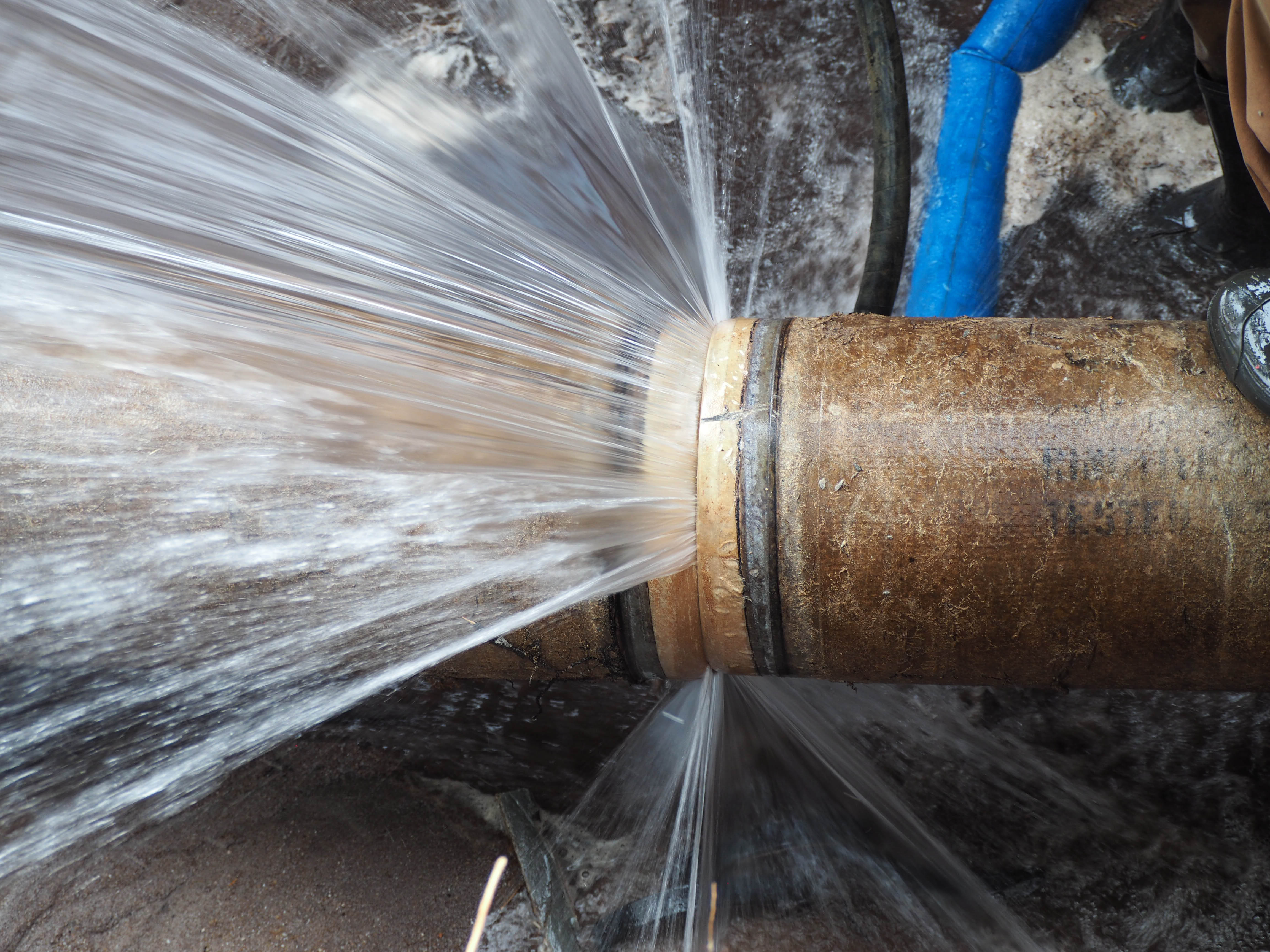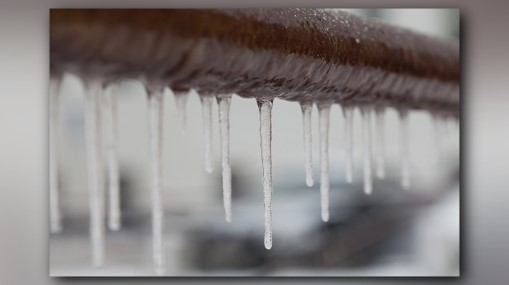Avoiding Your Pipes from Freezing: Effective Methods
Avoiding Your Pipes from Freezing: Effective Methods
Blog Article
Just about every person is bound to have their own way of thinking about How to prepare your home plumbing for winter weather.

Cold weather can wreak havoc on your plumbing, especially by freezing pipelines. Below's just how to stop it from happening and what to do if it does.
Intro
As temperatures decline, the risk of frozen pipes increases, potentially bring about pricey repair work and water damages. Comprehending just how to avoid frozen pipes is important for house owners in chilly environments.
Avoidance Tips
Shielding vulnerable pipelines
Cover pipelines in insulation sleeves or use warmth tape to shield them from freezing temperature levels. Focus on pipelines in unheated or outside locations of the home.
Heating techniques
Maintain interior rooms adequately warmed, particularly locations with plumbing. Open up cupboard doors to permit cozy air to circulate around pipelines under sinks.
How to determine icy pipes
Try to find lowered water flow from faucets, uncommon odors or noises from pipelines, and visible frost on subjected pipelines.
Long-Term Solutions
Structural modifications
Consider rerouting pipelines far from outside walls or unheated areas. Add added insulation to attics, basements, and crawl spaces.
Upgrading insulation
Buy top notch insulation for pipelines, attics, and walls. Appropriate insulation helps maintain constant temperatures and decreases the risk of icy pipelines.
Securing Outdoor Pipes
Garden tubes and exterior faucets
Disconnect and drain pipes yard tubes prior to winter. Set up frost-proof spigots or cover outside faucets with protected caps.
Recognizing Icy Pipelines
What triggers pipes to ice up?
Pipes ice up when revealed to temperature levels below 32 ° F (0 ° C) for expanded periods. As water inside the pipes ices up, it increases, putting pressure on the pipe wall surfaces and potentially creating them to burst.
Dangers and problems
Frozen pipelines can lead to water system disturbances, home damages, and pricey repairs. Burst pipes can flood homes and cause comprehensive structural damage.
Indications of Frozen Pipeline
Determining frozen pipes early can stop them from breaking.
What to Do If Your Pipes Freeze
Immediate actions to take
If you suspect icy pipelines, keep faucets open up to soothe pressure as the ice melts. Make use of a hairdryer or towels taken in hot water to thaw pipelines gradually.
Final thought
Preventing icy pipes calls for positive measures and fast responses. By recognizing the reasons, signs, and preventive measures, home owners can safeguard their pipes during cold weather.
5 Ways to Prevent Frozen Pipes
Drain Outdoor Faucets and Disconnect Hoses
First, close the shut-off valve that controls the flow of water in the pipe to your outdoor faucet. Then, head outside to disconnect and drain your hose and open the outdoor faucet to allow the water to completely drain out of the line. Turn off the faucet when done. Finally, head back to the shut-off valve and drain the remaining water inside the pipe into a bucket or container. Additionally, if you have a home irrigation system, you should consider hiring an expert to clear the system of water each year.
Insulate Pipes
One of the best and most cost-effective methods for preventing frozen water pipes is to wrap your pipes with insulation. This is especially important for areas in your home that aren’t exposed to heat, such as an attic. We suggest using foam sleeves, which can typically be found at your local hardware store.
Keep Heat Running at 65
Your pipes are located inside your walls, and the temperature there is much colder than the rest of the house. To prevent your pipes from freezing, The Insurance Information Institute suggests that you keep your home heated to at least 65 degrees, even when traveling. You may want to invest in smart devices that can keep an eye on the temperature in your home while you’re away.
Leave Water Dripping
Moving water — even a small trickle — can prevent ice from forming inside your pipes. When freezing temps are imminent, start a drip of water from all faucets that serve exposed pipes. Leaving a few faucets running will also help relieve pressure inside the pipes and help prevent a rupture if the water inside freezes.
Open Cupboard Doors
Warm your kitchen and bathroom pipes by opening cupboards and vanities. You should also leave your interior doors ajar to help warm air circulate evenly throughout your home.

We are very involved in Preventing and dealing with frozen pipes and I hope you enjoyed reading my blog post. I beg you take the time to distribute this article if you appreciated it. Thank you for being here. Return soon.
Request Estimate Report this page